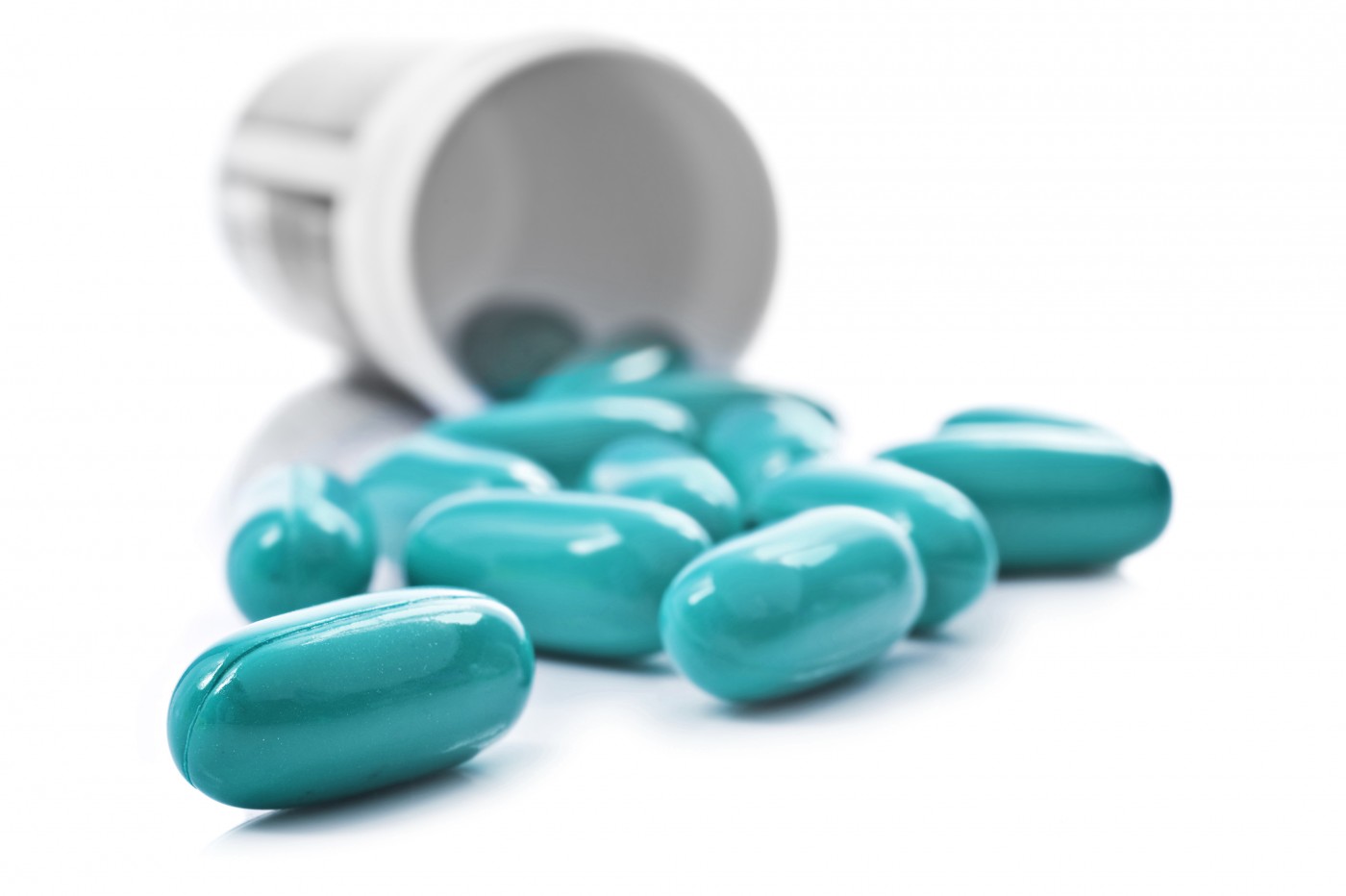Orphan Drug Act May Be Helping Pharmaceuticals More Than Patients, Analysis Argues

An analysis was highly critical of the Orphan Drug Act, used by the U.S. Food and Drug Administration since 1983 to stimulate research into rare diseases. The study found that the act is not “sufficiently” effective in meeting the needs of patients with less common diseases, like hemophilia, while pharmaceutical companies are finding it profitable, with a higher-than-usual return on investment.
“Advocates are reluctant to point out any flaws based on the fear of stifling innovation, but with over 6,500 diseases needing treatment, there is evidence to suggest patients’ unmet health needs remains a concern and more effective incentives have to be implemented,” the study’s research team said in a news release.
Their analysis, “Ethical imperatives of timely access to orphan drugs: is possible to reconcile economic incentives and patients’ health needs?,” was published in the Orphanet Journal of Rare Diseases.
Congress enacted the Orphan Drug Act to encourage the development and marketing of drugs to treat rare diseases and conditions. But questions remain regarding its effectiveness in leading to new treatments, and the cost of those that are approved.
Rosa Rodriguez-Monguio, an associate professor at UMass Amherst’s School of Public Health and Health Sciences, and her colleagues analyzed all orphan designations and FDA approvals since 1983 through 2015, to examine how well these incentives led to timely access to orphan drugs.
Of the 262 articles identified in their literature search, 24 studies that met the researchers’ inclusion criteria.
The analysis found that the FDA granted 3,647 orphan drug designations and approved 554 treatments for 277 rare diseases through 2015. Cancers had the highest number of orphan drug approvals — 32 percent of the total — followed by infectious diseases excluding HIV (46 treatments, 8.3%), and hemophilia and other bleeding disorders (32, 5.8%). Other therapeutic classes had 244 orphan approvals, for 44 percent of the total.
“In spite of the significant increase in the number of orphan drugs approved by the FDA since the enactment of the ODA in 1983, and the faster-than-the-economy increases in orphan drug prices, the economics of the orphan drug market remain controversial among some scholars and stakeholders,” the authors added.
Orphan drugs represent an increasingly important part of the pharmaceutical market in the United States, leading the researchers to challenge the argument that developing orphan drugs without public support is not lucrative for companies.
Rather, the team argued that R&D costs are lower for orphan drugs than other treatments, due to accelerated FDA review processes that allow companies to use surrogate endpoints in clinical trials for rare diseases. The researchers also said that high prices for orphan drugs and a favorable reimbursement system has allowed pharmaceutical companies to earn billions in revenue.
“The orphan drug market represented approximately 22% of total pharmaceutical sales in 2010 with a mean per year economic value per drug of US$637 million,” the researchers wrote. “The return of the investment in an orphan drug exceeds the return of the investment in a non-orphan drug (8.4% and 2.3%, respectively).”
Two recent drugs for rare diseases were approved by the FDA: Spinraza for spinal muscular atrophy (approved in December), with a list price of $125,000 per treatment, and Emflaza for Duchenne muscular dystrophy (approved this month), with an original launch list price of $89,000 a year. Emflaza’s launch price, however, is under review after strong opposition was expressed by the Duchenne community. (Emflaza is based on a drug, deflazacort, widely available outside the U.S. at much lower cost.)
The authors appealed for “a comprehensive understanding of the ethical considerations of access to safe and effective orphan drugs” as research continues and public policies are adopted that could affect patients’ capacity to afford their drugs.
“While orphan drugs improve the health status and quality of life of patients, the cost of new orphan drugs also limit patients’ access to treatment. The unmet needs of patients with rare diseases and conditions suggest that the current financial incentives are not efficiently stimulating orphan drug development and marketing,” the authors suggested.
Rare diseases and conditions, called orphan diseases by the FDA, are those affecting fewer than 200,000 people in the United States, although in total an estimated 25–30 million Americans have an orphan disease. Hemophilia is very rare, with 20,000 people diagnosed in the U.S., according to Hemophilia Federation of America.






